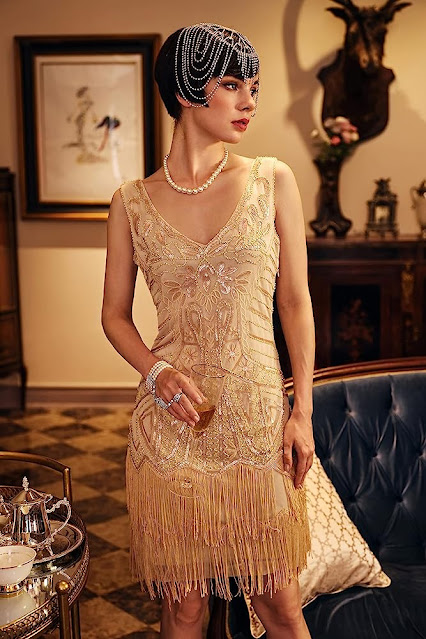The significance of Gatsby’s accessories in his ensemble:
Gatsby’s choice of accessories holds significant symbolism in his overall ensemble. Accessories are an extension of his personality, allowing him to add a touch of individuality and style to his carefully crafted image.
One of the notable accessories that Gatsby is often associated with is his ornate pocket watch. The pocket watch represents time and the notion of reclaiming the past, which is central to Gatsby’s character. Through this accessory, Gatsby seeks to capture moments and relive the past, especially his time with Daisy Buchanan, whom he still longs for.
Another essential accessory is Gatsby’s silk ties, often characterized by bold and vibrant colors. These ties symbolize his desire for attention and his flamboyant nature, as he wishes to stand out among the crowd. Gatsby uses his accessories strategically to project an image of extravagance and opulence, creating an aura of mystery and allure around himself.
Role of accessories in expressing Gatsby’s personality:
Gatsby’s accessories are a means of expressing his personality and aspirations. His choice of carefully curated accessories serves as an outlet for his ambition and his longing to be seen as a man of refinement and charm.
For instance, Gatsby’s use of elegant and expensive cufflinks signifies his attention to detail and his desire for perfection. The cufflinks become an emblem of his meticulousness and his pursuit of a life of luxury, which he believes will ultimately win him the love and acceptance of Daisy.
Furthermore, Gatsby’s preference for lavish and eye-catching accessories aligns with his extravagant lifestyle and inclination towards material excess. His array of stylish accessories reflects his desire to impress and captivate others, projecting an image of success and grandeur that he hopes will overshadow his mysterious past.
Comparison of Gatsby’s accessories with other characters’:
In contrast to other characters in the novel, Gatsby’s accessories often stand out for their ostentatiousness and flamboyance. His penchant for extravagant accessories sets him apart from individuals like Nick Carraway, who values simplicity and practicality in his attire.
For example, Tom Buchanan, representing the old money elite, may have an array of high-quality accessories, but they are often more understated and traditional. Tom’s accessories are reflective of his social class and his adherence to established norms of masculinity, in contrast to Gatsby’s more daring and bold choices.
Additionally, Gatsby’s accessories are distinct from George Wilson’s, who represents the lower-class working man. Wilson’s accessories, if present, are likely basic and functional, highlighting the vast disparities in wealth and status between the two characters.
Historical context of men’s accessories in the 1920s:
The 1920s marked a period of significant change in men’s fashion and accessories. The end of World War I brought a shift towards more relaxed and casual attire, which was also influenced by the rise of sports and outdoor activities.
In the 1920s, men’s accessories became more streamlined and less ornate compared to the previous decades. Traditional accessories like pocket watches and cufflinks were still common, but they were often simplified and made more functional.
Gatsby’s choice of accessories reflects both the historical context of the 1920s and his personal desire to make a statement through his appearance. His ornate pocket watch might be a nod to the past, but it also aligns with the spirit of the time, as men’s accessories became more fashionable and stylish.
In conclusion, accessories in “The Great Gatsby” serve as significant elements in Gatsby’s portrayal, expressing his personality and ambitions. His carefully chosen accessories project an image of opulence and mystery, showcasing his desire for acceptance and admiration. In comparison to other characters, Gatsby’s accessories set him apart, highlighting the distinctions in social class and personal style. Furthermore, the historical context of men’s accessories in the 1920s underscores the changing fashion trends and the evolving expression of masculinity during the Jazz Age.
